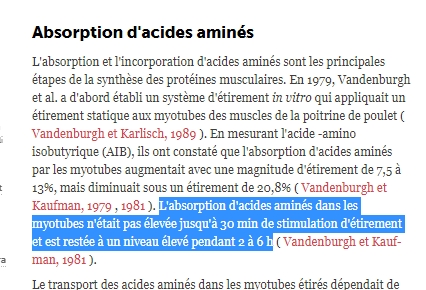Effects of astaxanthin in animal models of obesity-associated diseases: A systematic review and meta-analysis
Rosa Paola Radice Free Radical Biology and Medicine Volume 171, 1 August 2021, Pages 156-168
Highlights
• First meta-analysis on ASX effects in animal models of MetS, T2D and NAFLD.
• ASX dietary supplementation positively affects symptoms in obesity related diseases.
• ASX has lipid-lowering, hypo-insulin and hypoglycaemic capacity.
• ASX protects organs from oxidative stress and modulates immune system.
Background and aim
Obesity is a major risk factor for several diseases, including metabolic syndrome (MetS), non-alcoholic fatty liver disease (NAFLD) and type 2 diabetes (T2D). The use of natural products, such as astaxanthin (ASX), a potent antioxidant compound produced by the freshwater green microalga Haematococcus pluvialis, has gained particular interest to reduce oxidative stress and inflammation, and to improve redox status, often associated with obesity. A systematic review and meta-analysis was performed to comprehensively examine the effects of ASX in animal models of diet induced obesity-associated diseases in order to inform the design of future human clinical studies for ASX use as supplement or nutraceutical.
Methods
Cinahl, Cochraine, MEDLINE, Scopus and Web of Science were searched for English-language manuscripts published between January 2000 and April 2020 using the following key words: astaxanthin, obesity, non-alcoholic fatty liver disease, diabetes mellitus type 2, NAFLD and metabolic.
Results
Seventeen eligible articles, corresponding to 21 animal studies, were included in the final quantitative analysis. ASX, at different concentrations and administered for different length of time, induced a significant reduction in adipose tissue weight (P = 0.05) and systolic blood pressure (P < 0.0001) in control animals. In animal models of T2D, ASX significantly reduced serum glucose levels (P = 0.04); whereas it improved several disease biomarkers in the blood (e.g. cholesterol, triglycerides, ALT and AST, P < 0.10), and reduced liver (P = 0.0002) and body weight (P = 0.11), in animal models of NAFLD.
Conclusions
Supplementation of ASX in the diet has positive effects on symptoms associated with obesity related diseases in animals, by having lipid-lowering, hypo-insulin and hypoglycaemic capacity, protecting organs from oxidative stress and mitigating the immune system, as suggested in this review.














